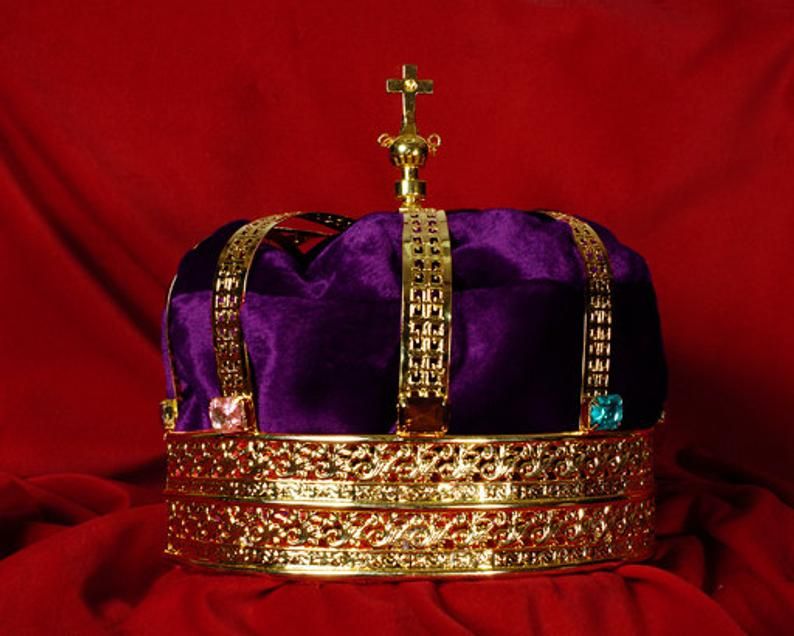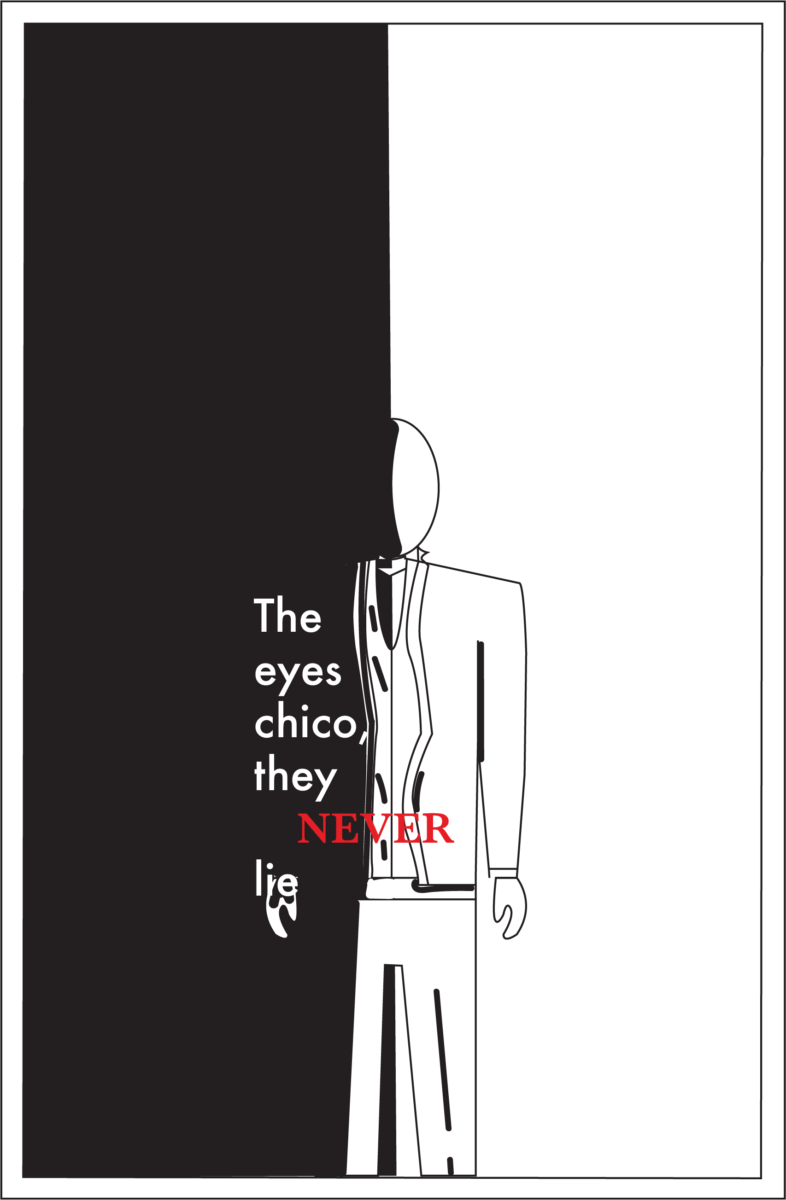By Albert Frontela

Throughout history, the color Royal Purple has been used to symbolize royalty. Ancient monarchies would flaunt their achieved wealth by making everything from robes, vases, paintings, even plates. Since history is being mentioned, it is noted that royalty would be buried with Royal purple, as of recent traces of indigo were recovered and took in to DNA testing, surprising everyone when the researchers found something else “One of the most significant tombs discovered in recent times emerged during excavations in 2002 of the Bronze Age royal palace of ancient Qama…Fifty-two sediment samples were taken. Organic elemental analyses (C,H,N) confirmed that darkly stained areas were higher in organic matter…The presence of these compounds in the sediment extracts is therefore unequivocal evidence for the use of this dyestuff in the royal tomb at Qatna. Tyrian or Royal Purple can be obtained from numerous species of mollusc throughout the world, although Hexaplex trunculus, Bolinus brandaris and Stramonita haernastoma were the principal species exploited in antiquity in the Mediterranean region” (Antiquity 2009). Evidence of Royal Purple is noted through history since most of the royalty back then used the color, like it was stated to show prosperity. The use of Mollusc (or Mollusk) is prime evidence of how this color is formed in nature, even in the 1900s (BC).
Sketches

Royal Purple has been found in nature also in fruits, one of them including the black Raspberry, which in 1917 experienced a growth of crops that made the fruit a Royal Purple variety. It is cool to see because it was made on US soil, this fruit which were considered fine and rich people could afford it because of how the prices were, the price per pound of the Royal was more than the regular kind. “The berries resemble in size and shape the black any other purple variety, the berries of the Royal Purple, never thoroughly ripe when picked. The Royal Purple Raspberry was found in Indiana and tried out by a veteran Nurseryman, who claims that the original plant bore thirteen successive crops, never missing a season, though during some winters” (Wick Hathaway’s Berry Plant Nursery, 1916). The fruit is still available on the market, it is said to have a rich flavor, and is very firm at the same time. It gained its fame from being one of the first purple fruits that were introduced onto the American market, which explains the price point and the exclusivity at the time.

Royal Purple, like it was stated earlier derived from Molluscs, is one of the oldest natural dyes that was recorded, coming from the shells of these animals. Think about it this way, there were shellfish way before there was even apes, which we evolved from, really makes you think what other types of colors there are, that we have not discovered yet. “Tyrian purple is one of the oldest dyes known to man and derives from different species of marine molluscs…The dyestuff was used in ancient times for textile dyeing, ceramic colouring and painting pigment preparation…In the latter case, the presence of minor components may provide additional clues about the technological skills of the culture that produced the dye (Dyes and pigments 2012). This look into the past opens up a new door for researchers to find out ancient ways that garments were dyed back in the days before technology. Which goes to show human ingenuity even in the Bronze Age.

Work cited
- James, Matthew A. “High Prestige Royal Purple Dyed Textiles from the Bronze Age Royal Tomb at Qatna, Syria.” Gale.Com, Dec. 2009, go.gale.com/ps/i.do?p=AONE&u=cuny_nytc&id=GALE%7CA216270419&v=2.1&it=r.
- Gilbert, Henry g, and Wick. Hathaway. “The Royal Purple Raspberry.” 1916 – The Royal Purple Raspberry, 1 Jan. 1970, www.biodiversitylibrary.org/item/205445#page/3/mode/1up.
- Maugard, T., et al. “Mass Spectrometric Identification of New Minor Indigoids in Shellfish Purple Dye from Hexaplex Trunculus.” Dyes and Pigments, 7 Feb. 2012, www.sciencedirect.com/science/article/pii/S0143720812000320.






